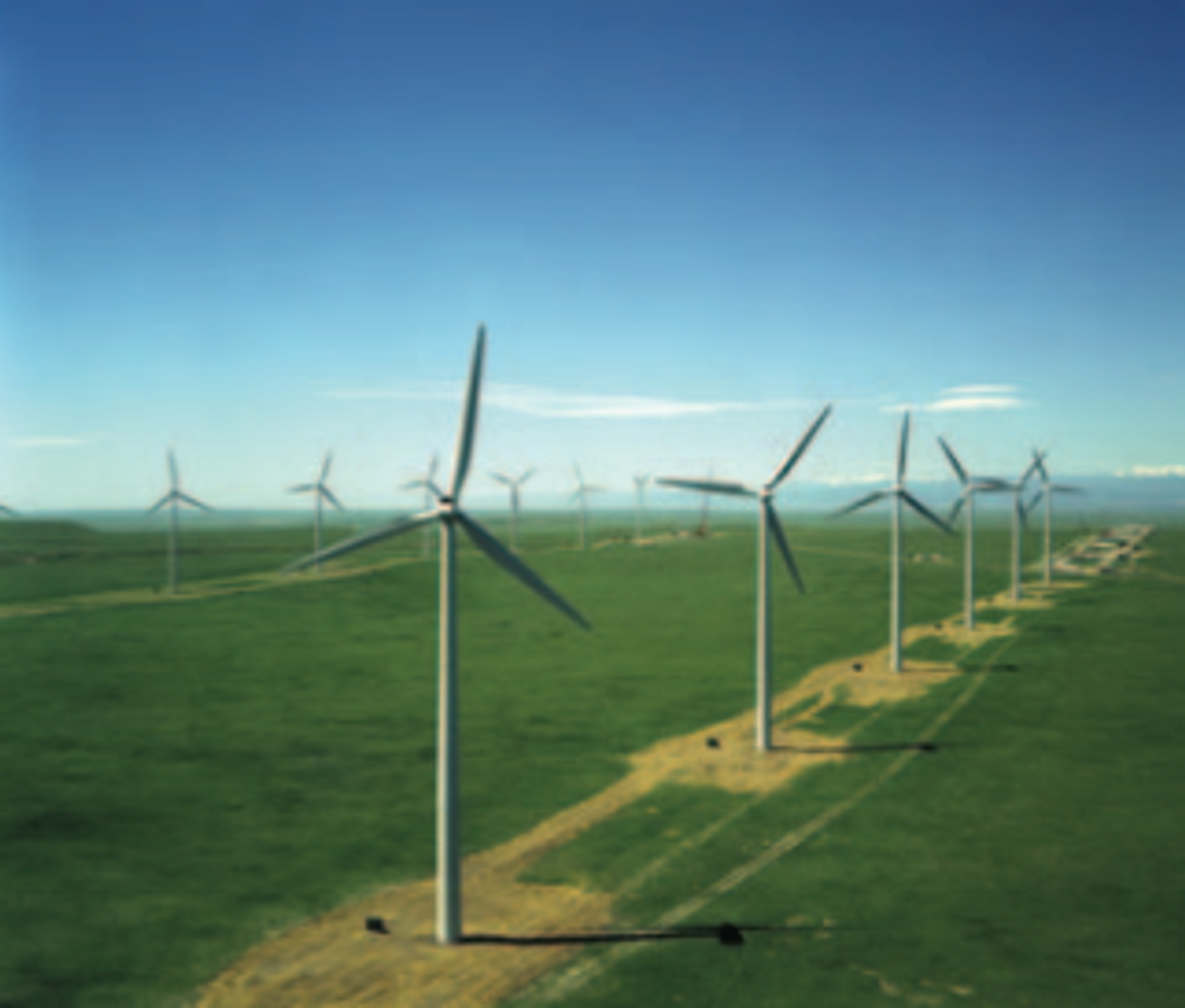In the Western Wind and Solar Integration Study the NREL showed that it is even doable to get 30 percent of power from wind along with 5 percent from solar, given a few practical changes to the system. Notably, though, there is little need for substantial new transmission line projects to get at least to a 20 percent penetration with wind:
"Up to 20% renewable penetration could be achieved with little or no new long distance, interstate transmission additions, assuming full utilization of existing transmission capacity."
This is a significant finding, given that transmission is the biggest obstacle to jumping head first into the largest of renewable energy projects. For example, T. Boone Pickens abandoned his plan for a giant wind farm in the Texas panhandle because of the expense associated with bringing that electricity where it needed to go. When about two or three percent of our electricity is lost along transmission lines around the country, keeping generation close to its final destination is a key factor in maximizing wind's potential.
According to some estimates, wind power only remains economically viable when it has to travel no more than 500 miles to get where it's going. This is because high voltage power lines are not cheap: by one count, the transmission infrastructure needed in order to get 20 percent of power from all renewable sources by 2024 would cost $100 billion. When individual projects are examined, that lofty price tag almost seems too small; one 3,000-mile transmission project between North Dakota and load centers like Chicago, dubbed the Green Power Express, will cost between $10 and $12 billion on its own.
With the efficiency losses and the economic hits required in order to build up the transmission architecture, NREL's contention that little new infrastructure is needed is a welcome sigh of relief. in a press release on the NREL report, American Wind Energy Association president Denise Bode said the feasibility of large-scale wind adoption is clearly feasible.
"Now the only question is whether Congress and the Administration will step up and enact the policies - particularly a strong Renewable Electricity Standard and robust transmission legislation - that will allow us to get there," she said.
Photos via NREL
Dave Levitan is the science writer for FactCheck.org, where he investigates the false and misleading claims about science that U.S. politicians occasionally make.





